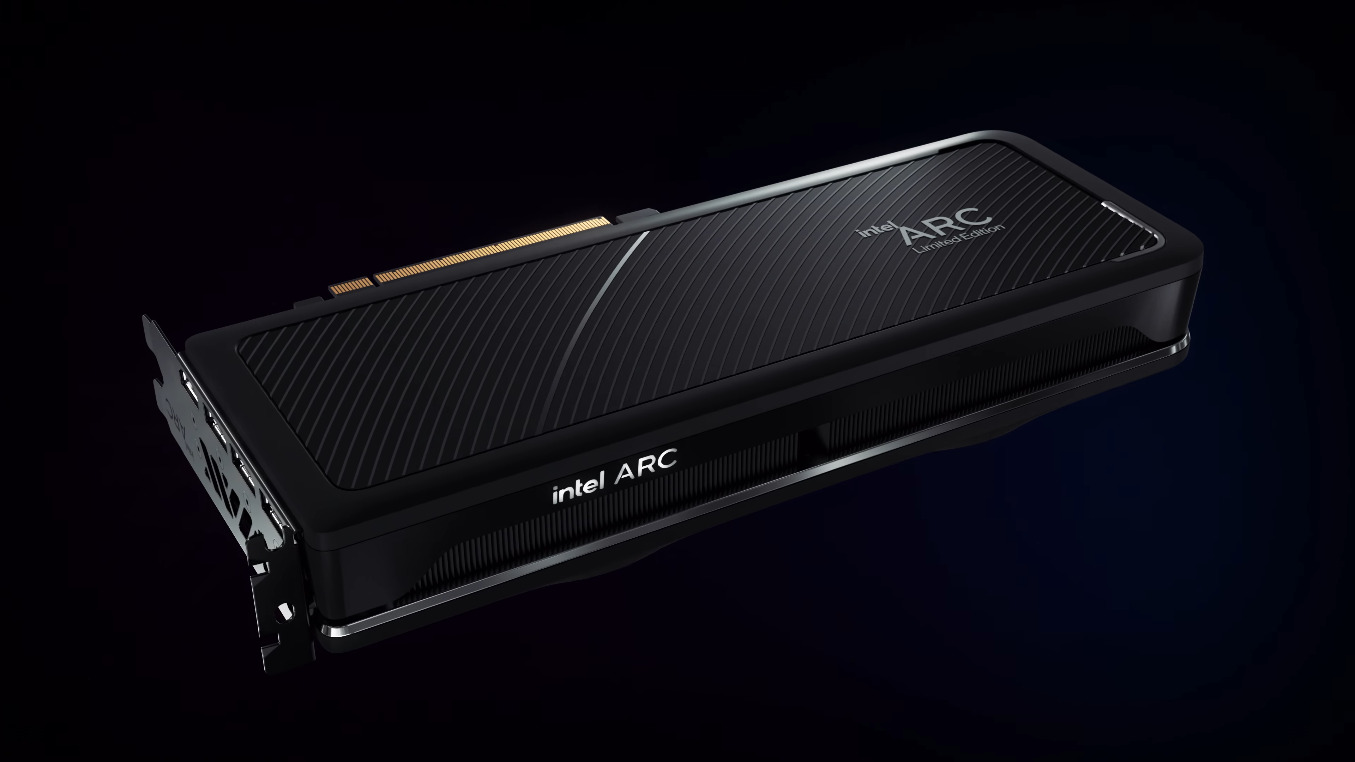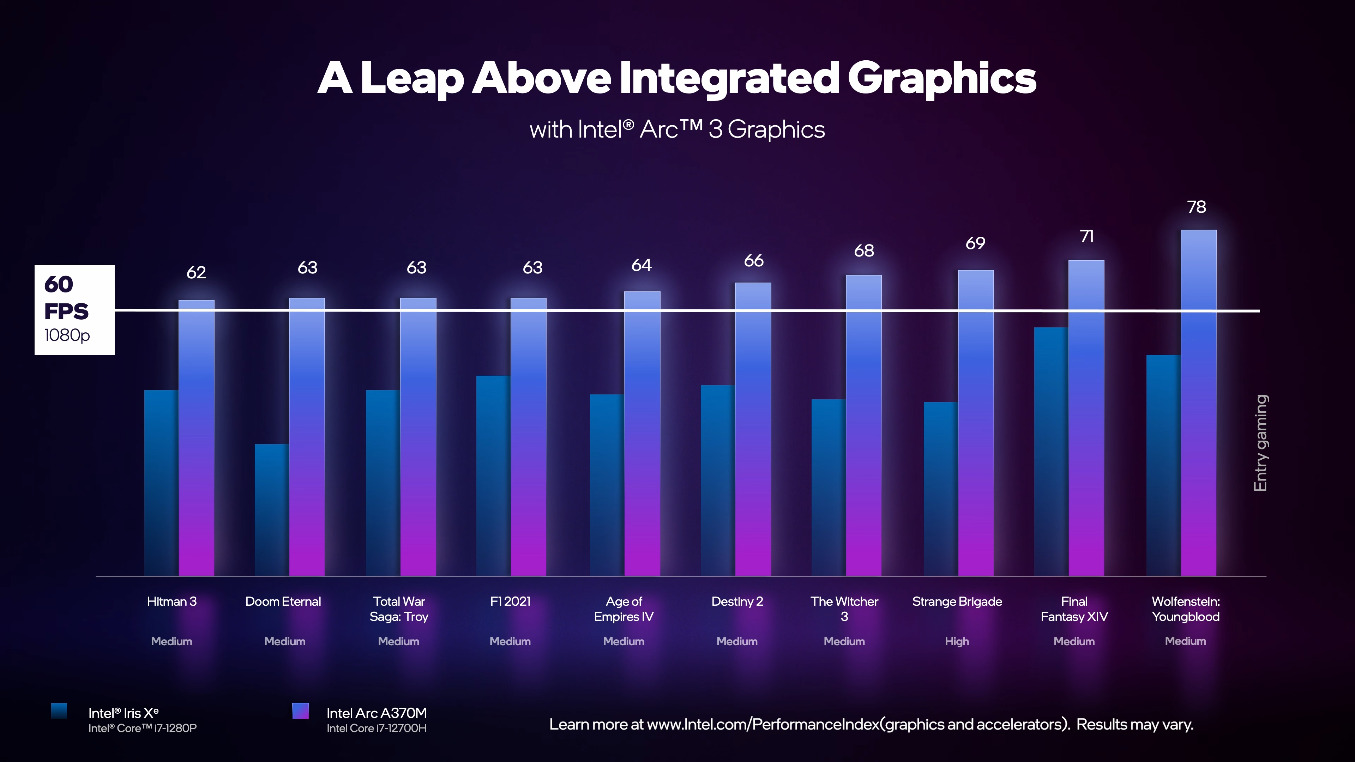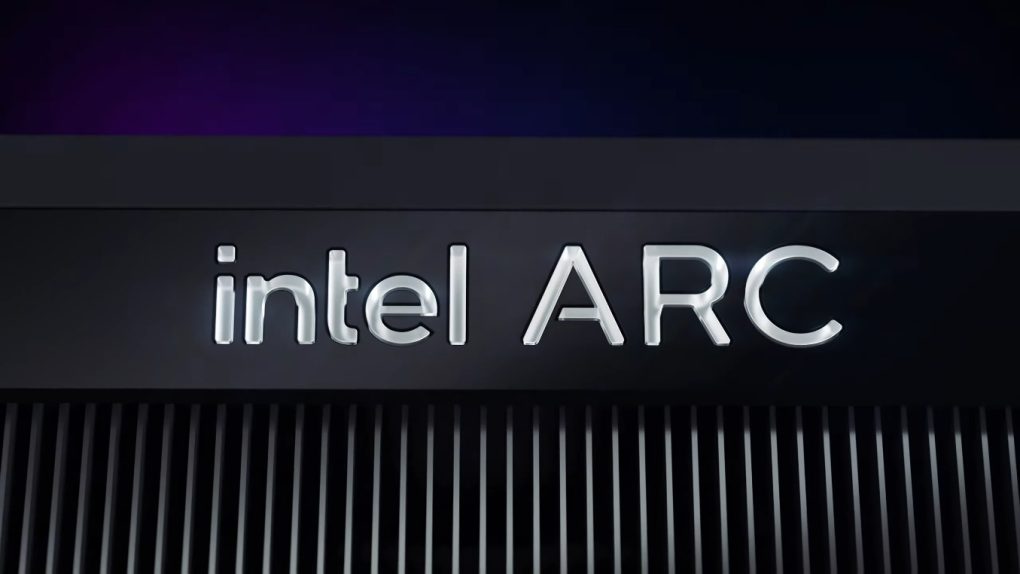Nvidia might have wowed the masses with the release of the RTX 3090 Ti yesterday, but Intel is trying to steal its thunder today. For months, we’ve watched as previews and teasers about Intel’s “GPU revolution” have hit. It looks like the company is tired of waiting around, though, as it finally released more details about the first Arc GPUs. Among these details, the company also revealed the release date of its first A-Series GPUs designed for laptops.
Intel releases first Arc A-Series laptop GPUs
Many graphics card buyers are probably scrambling to scoop up one of Nvidia’s latest GPUs. But, if you’re in the market for a new laptop, Intel might have some interesting news for you. While we still have a way to go before the company drops its desktop GPUs, Intel announced the release of two of its first Arc GPUs.
Intel is focusing on mobile power, and the first two GPUs will include the A350M and the A370M, both built for laptops. The former comes with six Xe-cores and six ray-tracing units. Meanwhile, the latter will sport eight Xe-cores and eight ray-tracing units. Both graphics options will also ship with 4GB of GDDR6 memory. These specs aren’t extremely notable, though, especially against the more powerful mobile cards we’ve seen released over the years.
However, Intel says that this is just a taste of what it wants to offer gamers with the first Arc GPUs. Intel built the A350M and A370M for ultraportable devices instead of the gaming behemoths that many laptop companies offer these days. If you want a true gaming laptop experience, you’ll need to wait for the first Arc 5 and Arc 7 GPUs to drop later this year. Those cards are expected to give AMD and Nvidia a run for their money.
More powerful Arc cards coming this summer

The specs for the first Arc GPUs might not be super impressive, but Intel promises the Arc 5 and Arc 7 series cards will offer significantly more graphics power. This means more graphics cores, more ray-tracing units, video memory, and of course, more power output. Those more powerful cards are expected to arrive in “early summer”.
Other notable features for Intel’s Arc GPUs, like XeSS, aren’t available just yet, either. The upscaling service is expected to launch in early summer as well. It will work similarly to Nvidia DLSS and AMD’s FSR upscaling systems. Intel also has a set of workstation Arc GPUs in the works. Those are expected to arrive sometime in Q3 2022.
Better than integrated graphics

If you want a new graphics card capable of high-resolution gaming, the first Arc GPUs won’t cut it. In fact, Intel spent more time comparing the new GPUs to the power of its previous integrated graphics options instead of focusing on how it compares to Nvidia or AMD options out there. That should give you a good idea of what to expect from these graphics systems.
When compared to Intel’s previous integrated graphics generation, though, the first Arc GPUs offer a noticeable bit of headway. It’s clear from the stats shown in the premiere that Intel is focusing on 1080P gaming at 60FPS. And, that’s when running medium to high settings. In some cases, the new GPUs are even capable of offering up to 90FPS.
Overall the specs are impressive when compared to integrated graphics. However, those looking for high-resolution gaming will want to wait for more advanced Arc GPUs to drop later this year.








